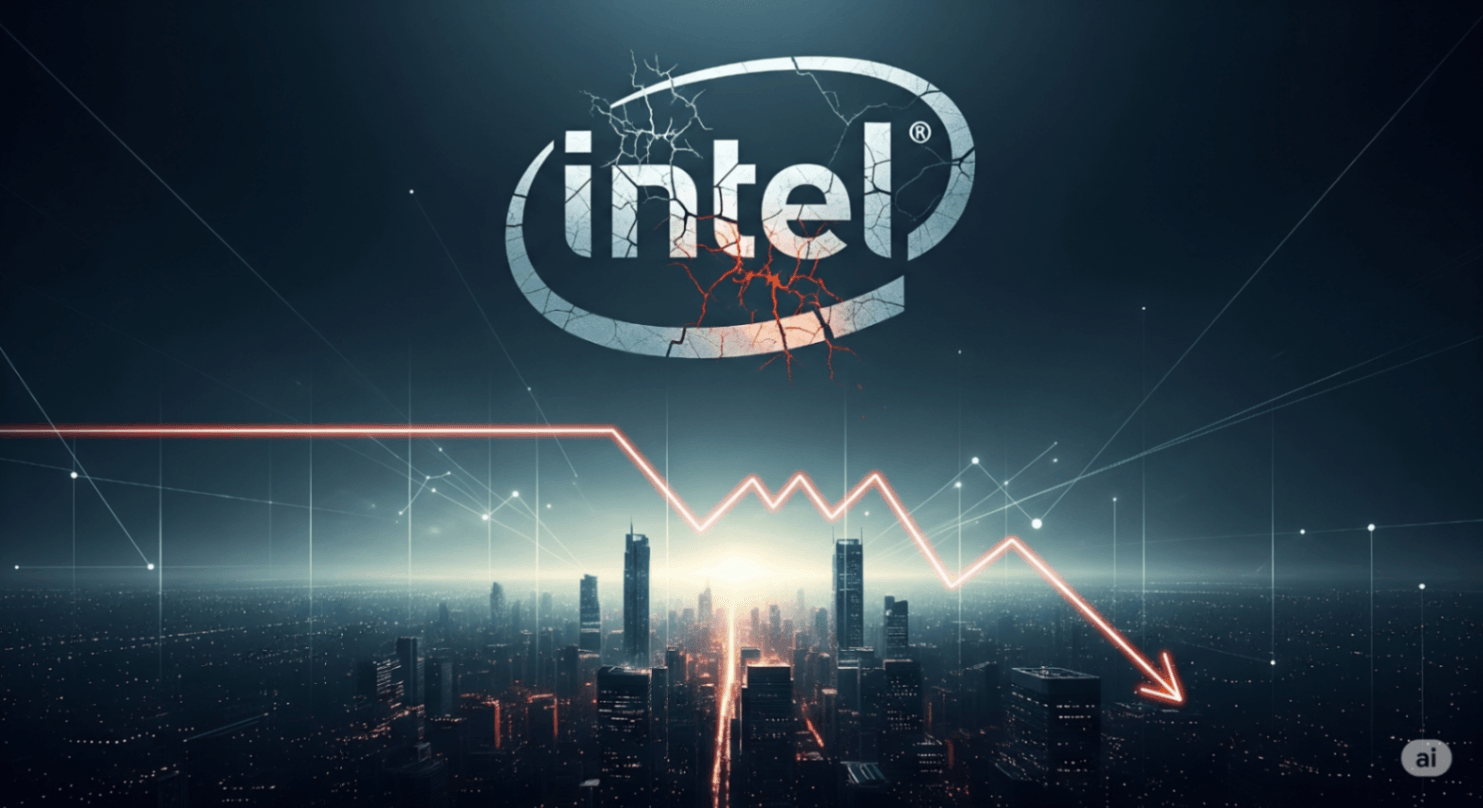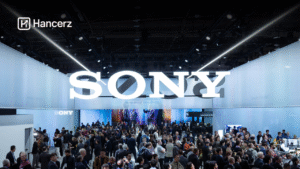Top Lines
- Known as a stalwart of the chip world, Intel has been sliding in competitiveness and relevance.
- Rivals like AMD and NVIDIA have outpaced it in markets like CPUs and AI.
- Delays in manufacturing tech (e.g., 10nm/7nm) hurt Intel’s ability to lead.
- Even government and investor support may not fully reverse the decline.
- Intel’s story highlights how innovation laziness and missed opportunities can level giants overnight.
Once-Untouchable — Now Falling Behind
Back in the day, Intel was synonymous with computing power: its chips powered everything from early PCs to data centers, and its “Intel Inside” branding became cultural shorthand for reliability. But that dominance has faded.
As noted by SFGATE and Reuters, Intel’s lack of foresight—failing to pivot during the mobile boom, AI surge, and rise of GPU computing—opened the door for rivals to grab share and drive innovation. (SFGATE, Reuters)
From Leadership to Missteps: Manufacturing Setbacks
Intel’s manufacturing troubles have been particularly damaging:
- Its shift to 10nm chips lagged years behind competitors.
- Most rivals were already moving to 7nm or even 5nm processes at the time.
As Counterpoint Research highlighted, rivals were increasing efficiency and performance using advanced nodes through partnerships with foundries like TSMC.
This technological lag allowed competitors like AMD and NVIDIA to deliver more powerful chips, while Intel struggled with outdated nodes and underwhelming yields. These issues have become a chronic, business-altering drag. (Counterpoint Research)
Competitors Capitalize on the Weakness
Today, AMD has seized major ground in both desktop and server markets—between 2021 and 2024, Intel saw its CPU market share plunge, while AMD surged with its Ryzen and EPYC lines. Meanwhile, NVIDIA dominates the AI GPU space; Intel’s late entry in that market hasn’t made a dent.
According to Investors.com, AMD now controls nearly 40% of desktop CPU revenue and is gaining in data center share. Another study cited by PC Gamer notes Intel’s share dipped from 77% to under 68% within a year—a steep decline. (Investors.com, PC Gamer)
Resurfacing Under Pressure
Despite serious woes, Intel isn’t giving up. The company is restructuring—laying off staff, scrapping expensive projects, and pursuing strategic investments. This includes a $2B stake from SoftBank and a nearly 10% U.S. government ownership via the CHIPS Act. Yet analysts caution that these moves don’t fix deeper issues unless Intel can regain external foundry clients and rebuild trust. (Washington Post, Barron’s)
The ‘Fall of the Giant’ Lesson
Intel’s decline offers a sobering lesson. When large companies rest on their past, they become vulnerable—especially in tech, where leadership must anticipate and shape the next wave of innovation.
Whether it’s mobile, AI, or supply chain reinvention, gaps in vision, execution, or agility can knock even icon-level companies off their pedestal.
FAQs
1. Why is Intel in decline?
Missteps in mobile, manufacturing delays, and hesitation in AI and GPUs allowed rivals to capture the momentum.
2. Who are the main competitors taking advantage?
AMD (desktop/server CPUs) and NVIDIA (AI GPUs) have both raced ahead through innovation and execution.
3. Can Intel still recover?
It’s not impossible—new leadership, refocused strategy, and investments offer hope—but progress must be faster and smarter.
4. What do SoftBank and the U.S. government have to do with this?
Their financial backing is a stabilizing force—but Intel needs to be structurally sound to benefit long-term.
5. What’s the takeaway?
Tech giants can fade fast when they neglect continuous innovation. Intel’s case shows we shouldn’t underestimate how quickly dominance can erode.


































2 thoughts on “Intel’s Downfall Underlines How Even Tech Giants Can Fade”
Pingback: Google Fined $3.5 Billion by EU Over Ad-Tech Business - Hancerz
Pingback: Microsoft, Nvidia, and Tech Giants Commit $40 Billion to UK AI Investments - Hancerz